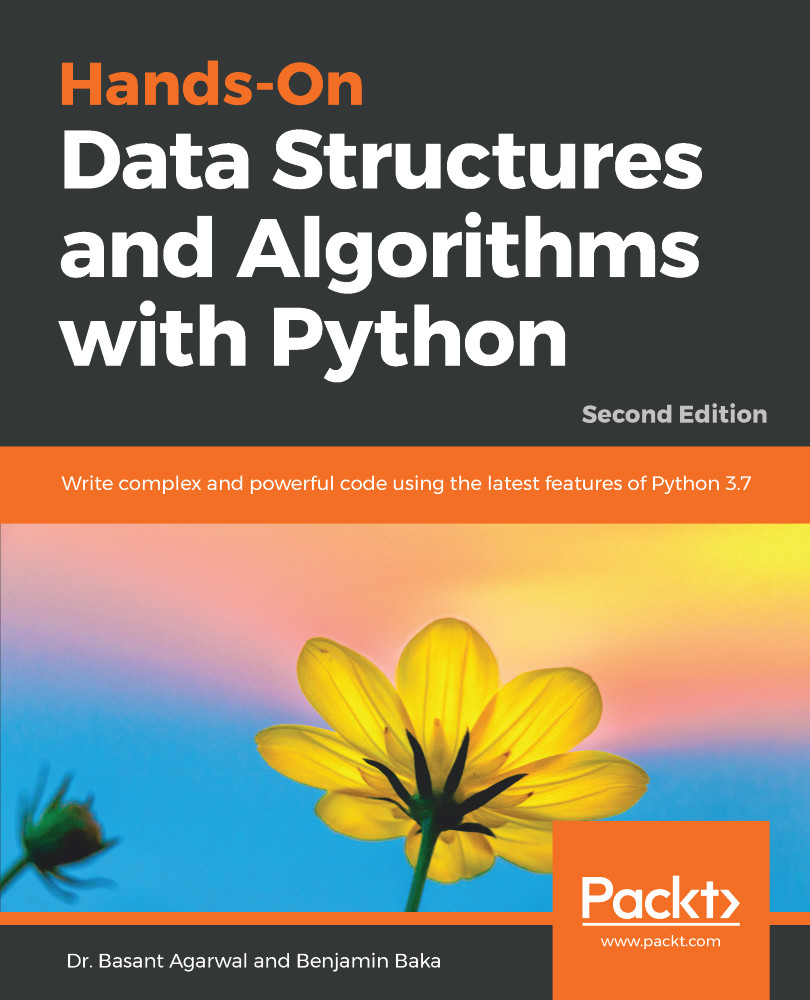Python data types can be divided into three categories: numeric, sequence, and mapping. There is also the None object that represents Null, or the absence of a value. It should not be forgotten that other objects such as classes, files, and exceptions can also properly be considered types; however, they will not be considered here.
Every value in Python has a data type. Unlike many programming languages, in Python you do not need to explicitly declare the type of a variable. Python keeps track of object types internally.
Python built-in data types are outlined in the following table:
|
Category |
Name |
Description |
|
None |
None |
It is a null object. |
|
Numeric |
int |
This is an integer data type. |
|
float |
This data type can store a floating-point number. |
|
|
complex |
It stores a complex number. |
|
|
bool |
It is Boolean type and returns True or... |



